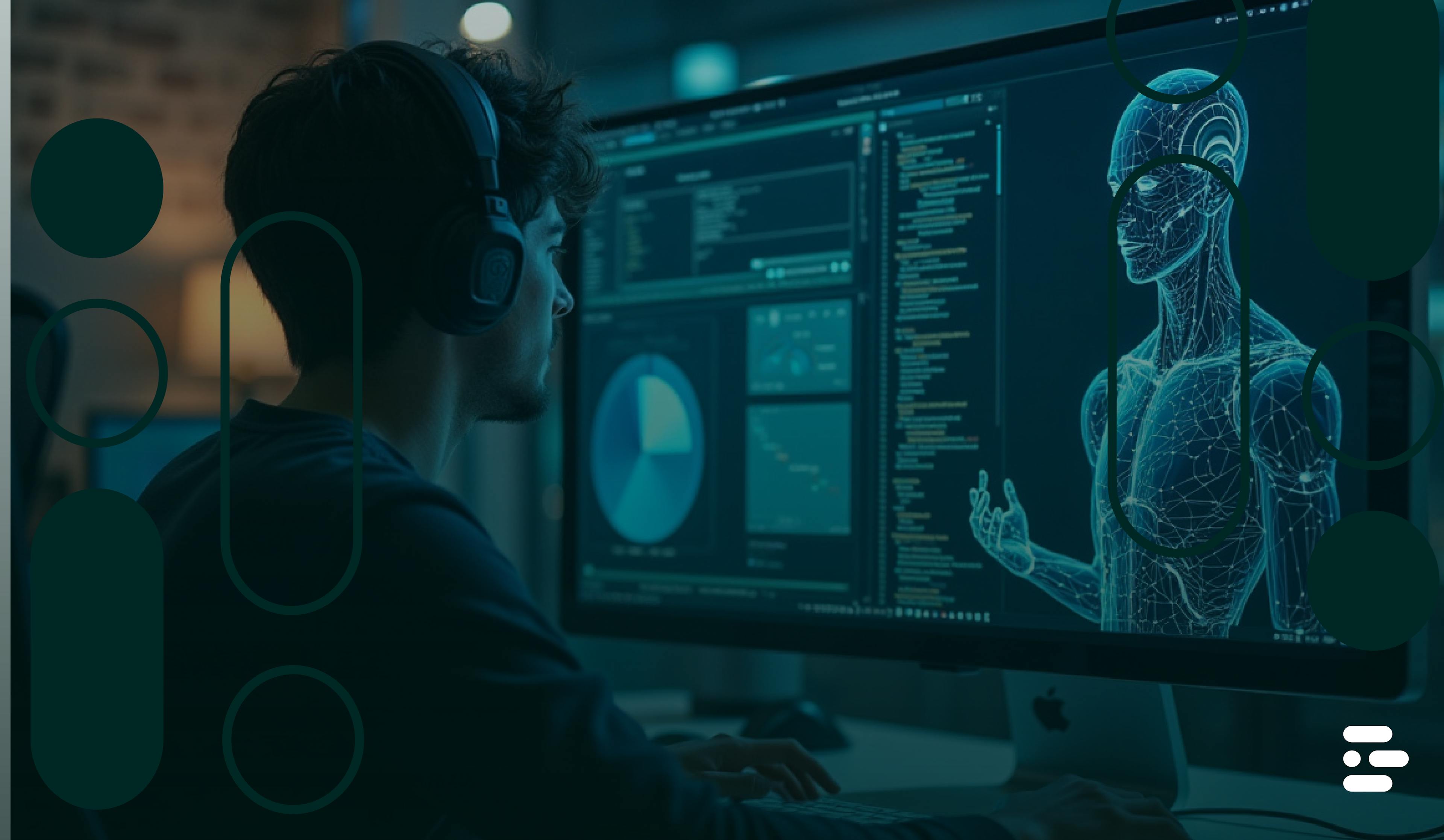The digital era demands continuous evolution. Businesses reliant on legacy systems often find themselves at a crossroads, weighing the risks of stagnation against the challenges of transformation. While the benefits of modernization are clear—increased efficiency, scalability, and security—the path is riddled with unexpected hurdles.
This blog will uncover three hidden application modernization challenges that can derail even the best intentions. Understanding and addressing these obstacles is critical to a successful transition.
Why Modernization Matters?
Legacy systems are the backbone of many organizations, but as technology evolves, they become liabilities. They struggle to support escalating workloads, lack integration with newer tools, and pose security risks. Modernizing these systems is no longer an option but a necessity to stay relevant, competitive, and secure in today’s fast-paced digital landscape.
However, the complexity of modernization is often underestimated, leading to delays, skyrocketing costs, and failed initiatives. Let's explore three commonly overlooked obstacles and, critically, how to overcome them.
1. Underestimated Complexity of Legacy Architecture
The Challenge:
Legacy systems weren't built for change. Once modernized, they must integrate within a web of long-standing interdependencies, outdated documentation, and poorly understood processes. Modifying one component often causes unforeseen chain reactions across the entire infrastructure. Adding to this complexity, many organizations retain critical systems employing obsolete programming languages or hardware no longer supported by manufacturers.
For example, a financial services company may experience cascading failures if integrating updated payment modules with legacy CRM systems isn’t well-planned. Similarly, in healthcare, an Electronic Health Record (EHR) modernization project might inadvertently disrupt connections to diagnostic tools or patient portals, affecting service delivery.
Solution:
Careful planning and dependency mapping are essential. Begin by conducting a comprehensive assessment of your current systems:
- Identify critical interdependencies between architectural components.
- Document hidden workflows and those relying on manual processes.
- Classify high-priority systems requiring immediate modernization.
Furthermore, architects should take an incremental modernization approach rather than large-scale transformations. A phased transition minimizes risks by allowing legacy and modern systems to co-exist during the transition period. Using tools like API gateways and low-code integration platforms can simplify interactions between old and new systems.
2. Ballooning Costs and Unplanned Expenditures
The Challenge:
Modernization promises long-term cost savings, but organizations frequently miscalculate initial investment needs. Budgeting often fails to account for:
- Migrating outdated monolithic applications to scalable microservices.
- Testing environments and new infrastructure, especially in cloud ecosystems.
- Addressing delays caused by skills shortages or lengthy consulting processes.
For example, businesses rushing to transition to public cloud infrastructure without optimization often discover that running old systems on virtual machines can cost more than their previous on-premises setups.
Solution:
Strategize financing to balance immediate investments with long-term returns:
- Implement cloud cost management platforms (like AWS Cost Explorer or Azure Cost Management) to monitor migration expenses in real-time.
- Refactor legacy code incrementally to leverage cloud-native efficiencies rather than deploying it unchanged (“lift-and-shift”).
- Partner with managed service providers (MSPs) to ensure controlled costs while tapping into external expertise.
Beyond tactical financial planning, benchmark ROI from completed phases. This data demonstrates tangible outcomes, ensuring continued stakeholder support for subsequent investments.
3. Critical Skills Gaps
The Challenge:
The accelerating pace of technology creates a widening gap between enterprise needs and available talent. Application modernization requires expertise spanning legacy systems and emerging technologies like cloud computing, containerization, and DevOps. The challenge is further compounded by cultural resistance to change among teams comfortable with long-standing processes.
A common scenario involves engineers clinging to monolithic frameworks rooted in the organization’s legacy while struggling with concepts like Kubernetes or serverless computing. The lack of in-house expertise can lead to delays and suboptimal adoption of modern technologies.
Solution:
Bridging the skills gap demands a dual approach:
- Upskill existing teams:
- Offer training programs focused on emerging technologies like Docker, Kubernetes, or cloud-native programming languages (e.g., Go, Python).
- Incentivize certifications such as AWS Certified Solutions Architect or Google Professional Cloud Architect to align career growth with organizational needs.
- Engage external specialists:
- Use temporary staffing solutions or consultants during critical modernization phases to fill knowledge gaps quickly.
- Leverage partnerships with DevOps-as-a-Service firms to improve team agility and accountability.
Encourage a “learning culture” that values experimentation and adaptability. By aligning teams with your innovation roadmap, you harness the human potential necessary for sustained growth.
Proven Strategies for Seamless Modernization
Beyond addressing the challenges above, these strategic principles ensure smoother modernization outcomes:
Conduct a Thorough System Audit
- Establish KPIs tied to modernization goals, such as reduced query response times or lower operating costs.
- Identify systems critical for maintaining business continuity during the transition.
Leverage Cloud Migration Smartly
By modernizing workloads for multi-cloud ecosystems, businesses mitigate risks such as provider lock-ins or compute capacity shortages. Employ platforms like Kubernetes to orchestrate workloads seamlessly across diverse environments.
Use DevOps and Automation
Adopt DevSecOps practices to integrate security measures during build pipelines. Automation tools (like Ansible or Terraform) accelerate deployment lifecycles, enforcing continuity between modern development processes.
Foster Collaboration
Encourage active communication between IT departments and business leaders. Set clear modernization milestone checkpoints, ensuring executive decisions align with timelines, budgets, and organizational priorities.
Transforming the Perception of Modernization
Modernization isn’t simply replacing old systems; it’s about evolving your organization. It provides a foundation for innovation, empowering businesses to respond to shifting market demands while cultivating stronger customer experiences.
By addressing hidden challenges head-on and employing well-informed processes, modernization becomes less daunting and more attainable. For organizations aiming to remain competitive, starting the modernization process today is not just smart; it’s necessary.
Do you have the tools to take the first step? Check more into how can the right IT partner help to transform your legacy systems into modern, agile solutions.

